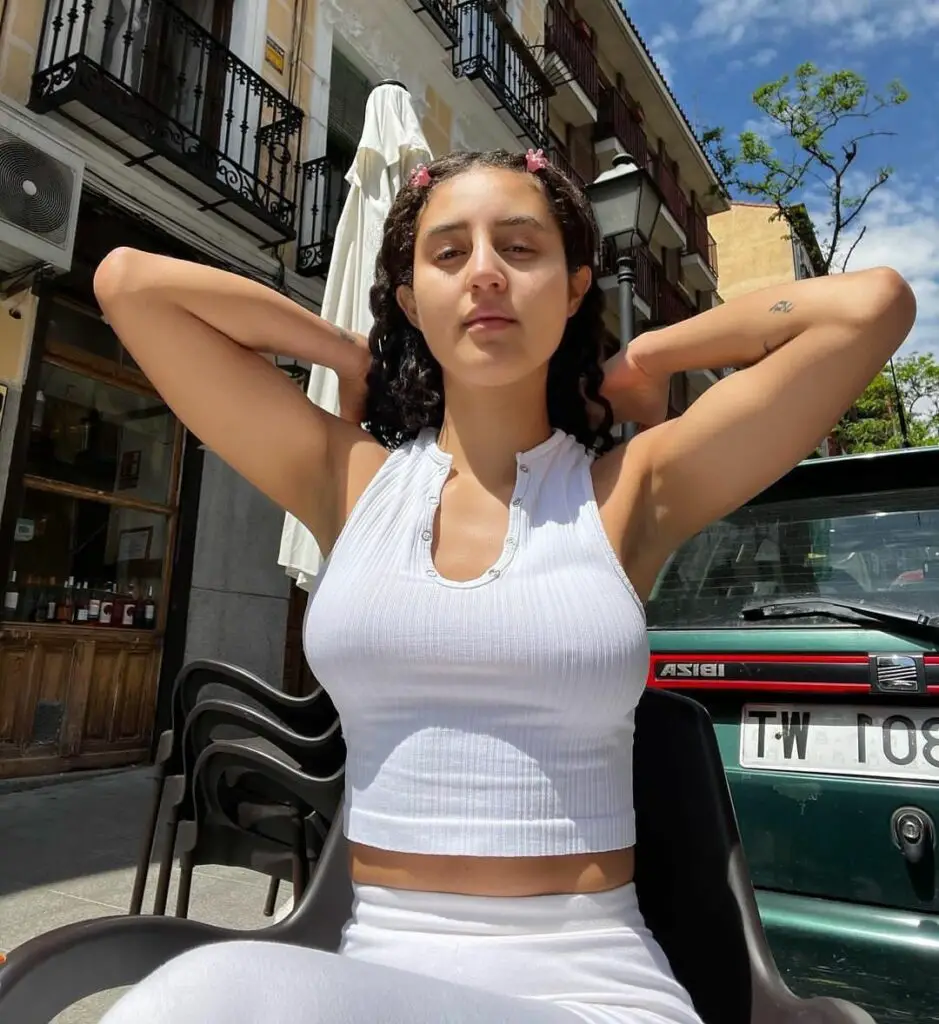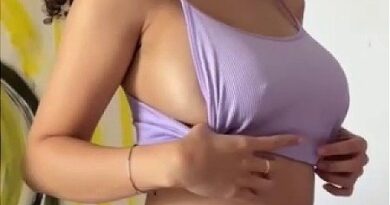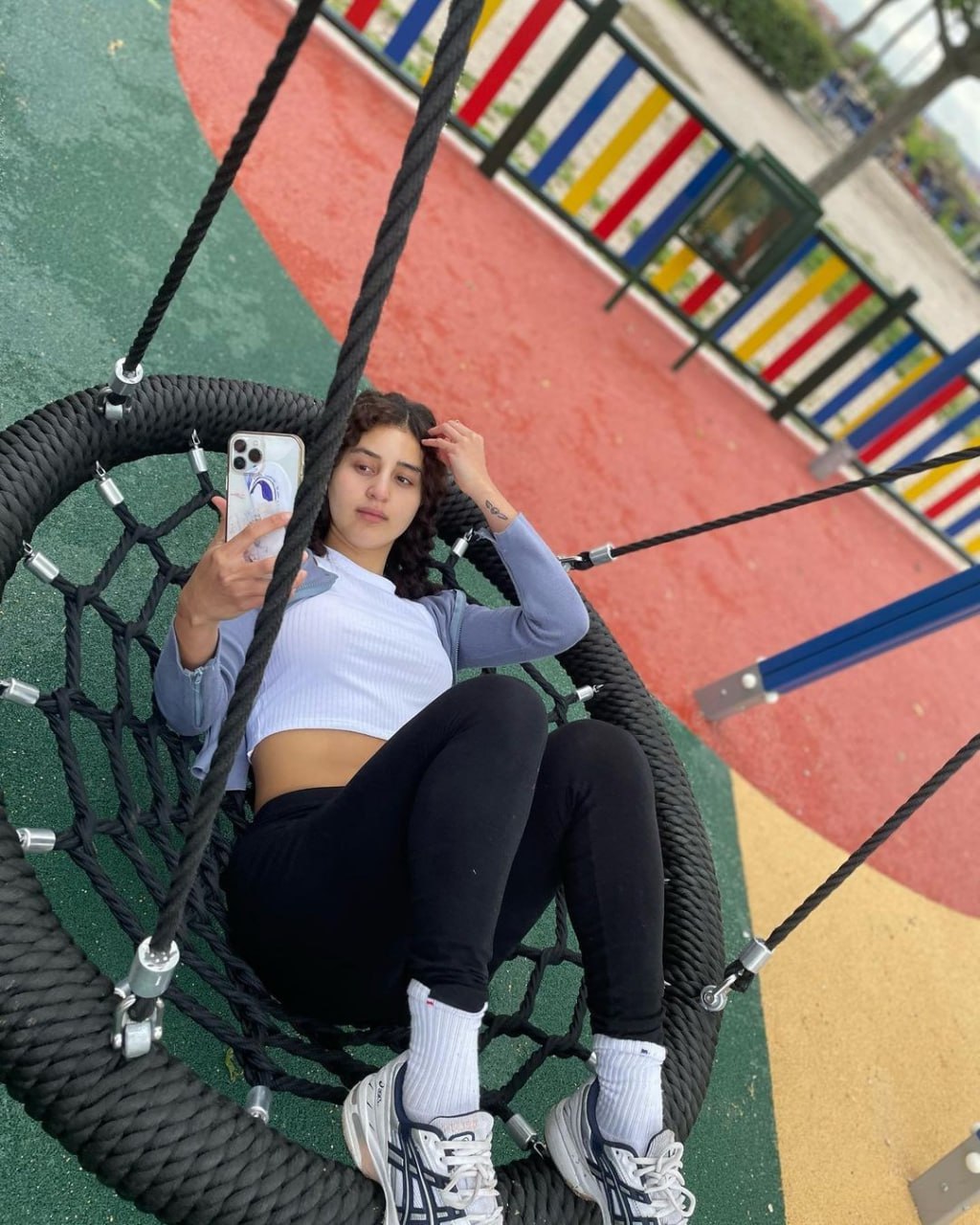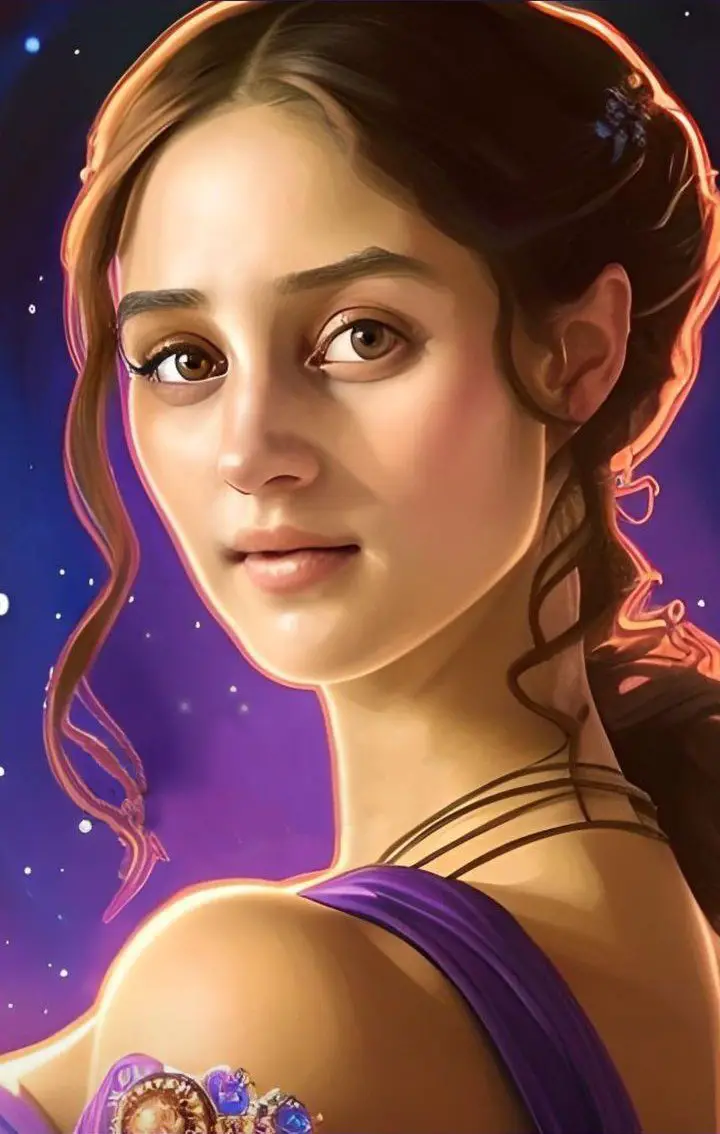Seated with Hair Over the Face jenny taborda
Seated with Hair Over the Face: An Exploration of Expression and Identity
In the bustling realm of contemporary art and social commentary, one striking motif has emerged as a symbol of both personal introspection and societal critique: the act of sitting with hair obscuring the face. This seemingly simple gesture carries profound implications, intertwining themes of identity, privacy, and the often-overlooked aspects of self-expression.
The Gesture: A Silent Statement
The image of an individual seated with their hair draped over their face is both intimate and enigmatic. It suggests a deliberate choice to obscure one’s features, inviting the viewer to ponder the reasons behind such a gesture. Is it a form of shielding oneself from scrutiny, a way to conceal vulnerability, or a statement of defiance against societal expectations? This act can be seen as a metaphor for the complex interplay between personal identity and external perception.
Historical and Cultural Contexts
Throughout history, various cultures have utilized hair as a symbol of status, identity, and even rebellion. For instance, in the 19th century, women’s hair was often meticulously styled and hidden under elaborate headpieces as a sign of modesty and social propriety. In contrast, the 20th century witnessed movements where unkempt or unconventional hairstyles became expressions of freedom and nonconformity.

In modern times, the act of covering one’s face with hair can be seen as a continuation of these themes, reflecting contemporary concerns about privacy, self-image, and the impact of social media. It might also evoke connections to artistic practices, such as the work of photographer Cindy Sherman or painter Frida Kahlo, who both explored themes of identity through their work and self-portraiture.
Psychological and Emotional Dimensions
From a psychological perspective, hiding one’s face can be an expression of various emotional states. It might signal a desire to retreat from the world, to protect oneself from judgment, or to create a barrier between the self and the external pressures of modern life. This act can be a form of self-preservation, allowing individuals to engage in a form of introspection or to shield their true feelings from the gaze of others.
Artistic Interpretations
In art, this motif has been explored in various mediums, from photography and painting to performance art. Artists use the gesture to delve into themes of anonymity, identity fragmentation, and the tension between public and private selves. The obscured face becomes a powerful symbol of the hidden aspects of human experience, challenging viewers to confront their assumptions about visibility and identity.
Conclusion: An Invitation to Reflect
The image of sitting with hair over the face invites viewers to engage in a deeper dialogue about the nature of identity and self-expression. It serves as a reminder of the ways in which we navigate personal and social boundaries, and how simple gestures can hold rich layers of meaning.
As we encounter this motif in various contexts—whether in art, media, or daily life—it encourages us to reflect on our own relationship with privacy and visibility. It also challenges us to consider the stories we might be hiding behind our own facades and the ways in which we choose to present ourselves to the world.




